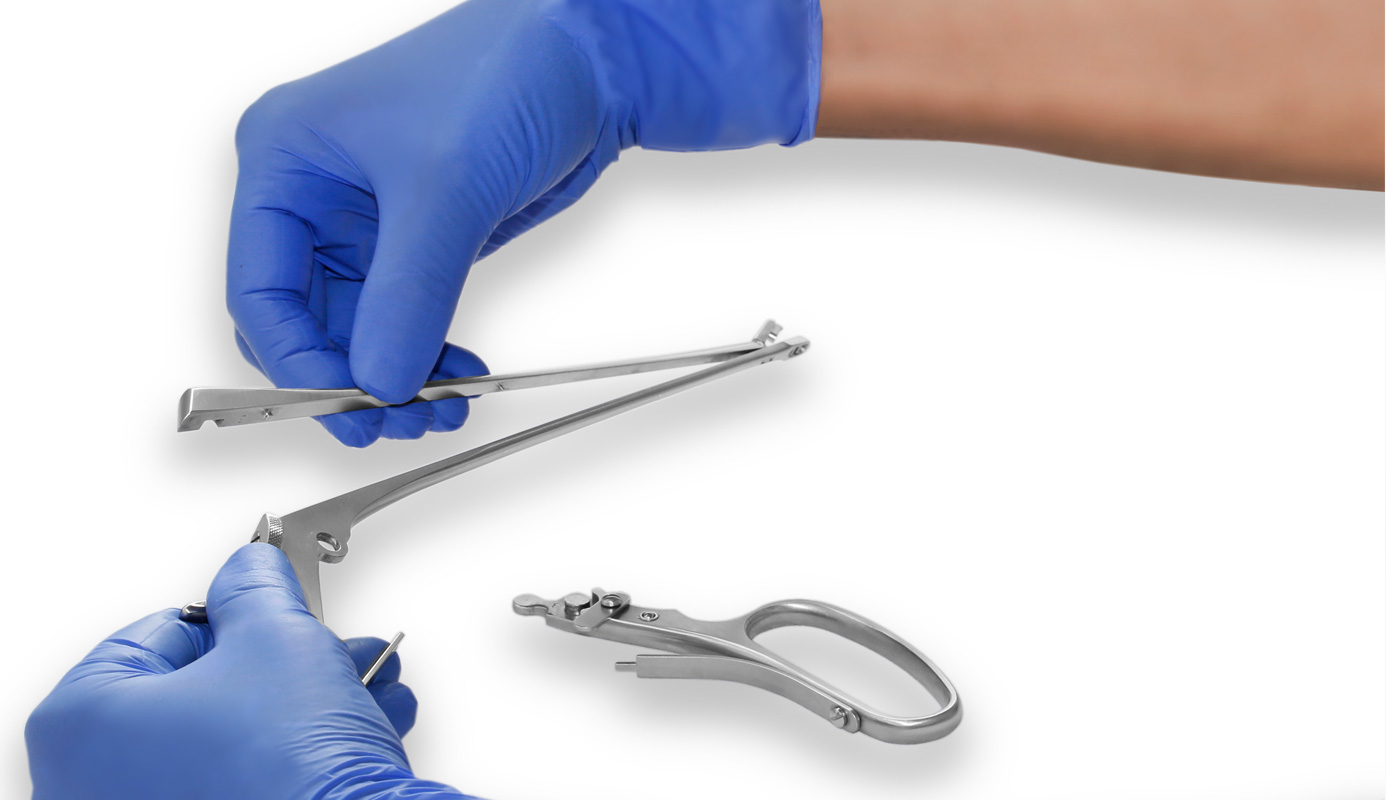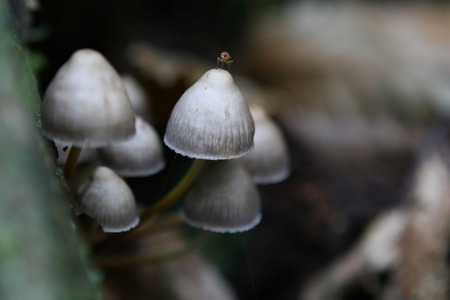Diverse treatments and methods work wonders for different patients. It is not that a single treatment is perfect for all the patients. It is all about what exact type of issue a person has. Now you know over the past couple of decades, biliary interventions have changed a great deal. Opacification of this biliary system was initially reported in the year 1921 with direct puncture of the gallbladder. Then consequently reports described direct percutaneous biliary puncture. The method was revolutionized in the decade of 1960s with the emergence of fine-gauge (twenty to twenty-three -gauges) needles.
Of course today the method of Endoscopic biliary stenting is popular and widely used. Anyhow during the time of 1970s, percutaneous biliary drainage (PBD) for disruptive jaundice and percutaneous treatment of stone ailment was emerged. Percutaneous cholecystectomy was foremost described in the years of 1980s
Anyhow obstructive jaundice is a general condition that might result from malignant or benign ailments. Before endoscopic biliary that was introduced in the early 1980s, surgery was the only or main treatment for cases of biliary obstruction. Surgical options for obstructive jaundice encompassed Whipple procedure with choledochojejunostomy, hepaticojejunostomy, cholecystojejunostomy or other procedures as per the predisposing condition. Biliary stents are the tubes created with plastic or metal to relieve obstruction in biliary tree or to do the treatment of biliary leaks.
For your information, the causes of malignant obstructive jaundice are like cholangiocarcinoma, pancreatic cancer, and even metastatic disease. Causes of benign obstructive jaundice could be like acute and chronic pancreatitis, primary sclerosing cholangitis, choledocholithiasis, AIDS cholangiopathy, strictures after invasive processes, and specific types of parasitic infections. It might interest you that pancreatic cancer is the eleventh common cancer and accounts for nearly 3% of all types of cancers. Cholangiocarcinoma is not really common, but it still books for a reasonable number of cases every single year.
Patients there with jaundice, abdominal pain, pruritus, dark urine, clay-coloured stools, or having the signs of infection as in cholangitis and Other situations might be discovered on regular blood work as hyperbilirubinemia. Blood work is going to show elevated bilirubin level and raised alkaline phosphatase. A CT scan or MRI of abdomen area would likely to show the cause and site of obstruction in biliary tree. Magnetic resonance cholangiopancreatography (MRCP) is actually a non-invasive technique to examine the extrahepatic and intrahepatic bile ducts and the pancreatic channel.
Biliary drainage can actually be either percutaneous Tran’s hepatic biliary drainage (PTBD) or endoscopic biliary drainage (EBD). EBD is of basically of two types: external drainage that is endoscopic nasobiliary drainage (ENBD) and that of internal drainage that is stent placement. Endoscopic drainage is certainly superior to percutaneous drainage because of lesser difficulty rate. [
Conclusion
Thus, the point is there are so many complexities involved in the treatments, procedures and medical field as a whole. Whether you talk to biliary stent product dealers or other professionals; you can get the best equipment and procedures for different health treatments.




